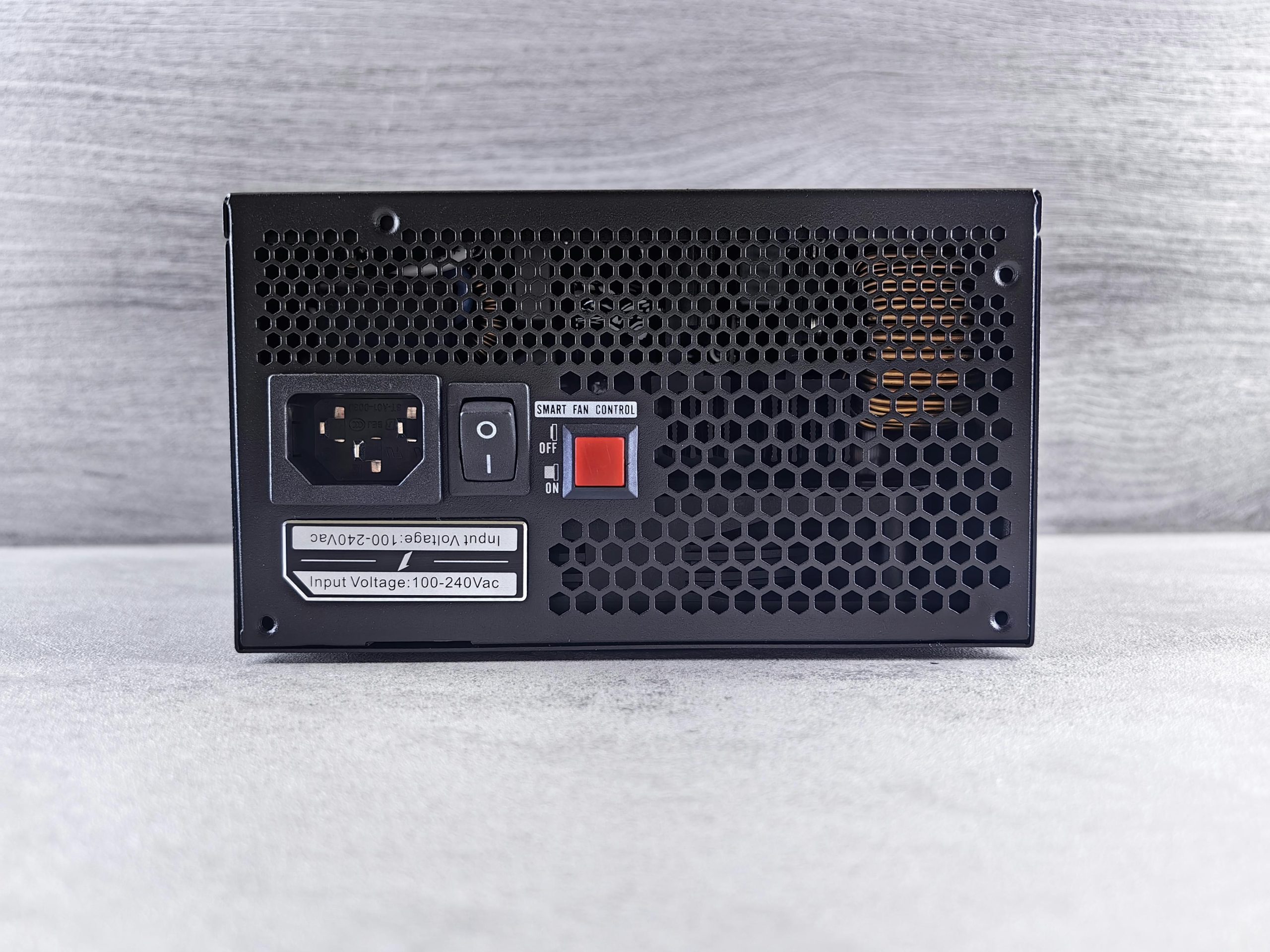Understanding and Troubleshooting No Display on First Boot After Shutdown: A Case Study
Experiencing intermittent display issues during PC startup can be perplexing. Recently, a user reported a peculiar problem: after shutting down their system normally and attempting to reboot, their display remained blank despite the system powering on. Interestingly, the issue resolved temporarily after cycling the power through the wall socket, and no consistent error signals or beeps were observed. This article explores potential causes and solutions for such scenarios, with a focus on modern hardware configurations.
Case Overview
The affected system specifications include:
– Processor: AMD Ryzen 7 7700
– Motherboard: Gigabyte B650M Gaming Plus WiFi
Scenario Description:
– The PC was shut down normally overnight.
– Upon powering on in the morning, the system booted, fans and LEDs activated, but no display output was generated.
– Power cycling the power supply by switching off at the wall socket, then turning it back on, and subsequently powering on the PC resulted in normal operation with a functioning display.
– The issue occurs randomly; some boots are successful without issue, others require power cycling.
– The system shows no error beeps or unusual behaviors aside from the initial blank display.
Potential Causes and Troubleshooting Approaches
- Power Supply and Power Delivery
Fluctuations or inconsistencies in power delivery can lead to boot issues. Power cycling might reset the system’s power management, temporarily resolving the problem.
Recommendations:
– Ensure the power supply unit (PSU) is functioning reliably. If possible, test with a different, higher-quality PSU.
– Use a surge protector or UPS to stabilize power input.
– Verify that power cables are securely connected.
- BIOS and Firmware Settings
BIOS misconfigurations or outdated firmware can cause boot irregularities, especially with newer hardware.
Recommendations:
– Update the motherboard’s BIOS to the latest version, ensuring compatibility and stability.
– Reset BIOS settings to default, then reconfigure essential settings such as boot order, graphics output preferences, and power management options.
- Graphics Initialization and Display Output
The issue could stem from graphics initialization problems, particularly if integrated graphics or discrete GPU settings are involved.
Recommendations:
– Confirm that the monitor is connected to the correct video output port.
– Test with a different cable or monitor if available.
– Check BIOS settings related to primary
Share this content:



